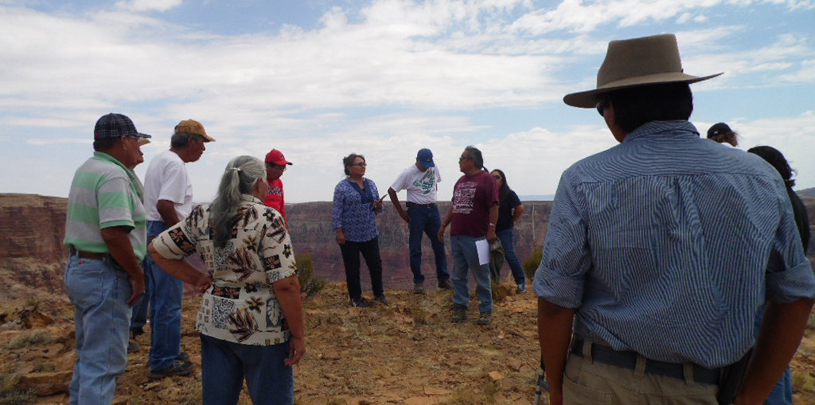
“Every 15 or 20 years, it seems, the canyon forces us to undergo a kind of national character exam. If we cannot muster the resources and the resolve to preserve this, perhaps our greatest natural treasure, what, if anything, are we willing to protect?”
-Kevin Fedarko
Kevin Fedarko’s “A Cathedral Under Siege” is a clarion call. Published on the front page of the New York Times’ Sunday Review, it reminds us that Grand Canyon is “precariously vulnerable” to developments that “would desecrate one of the country’s most beloved wilderness shrines.”
Grand Canyon Trust was conceived on river trip in 1981. The “menace of Interior Secretary James Watt’s anti-environmental fervor” meant that a handful of visionaries, floating through the Grand Canyon, felt an urgent need to do more to protect it.
While we’ve made remarkable progress in stemming the tide of threats, the canyon remains under siege. Fedarko writes that a massive development at the canyon’s southern gateway “requires water, and tapping new wells would deplete the aquifer that drives many of the springs deep inside the canyon—delicate oases with names like Elves Chasm and Mystic Spring.”
A second threat consists of a “1.4-mile tramway” that “would take more than 4,000 visitors a day in eight-person gondolas to a spot on the floor of the canyon known as the Confluence, where the turquoise waters of the Little Colorado River merge with the emerald green current of the Colorado. The area, which is sacred to many in the Hopi and Zuni Tribes, as well as the Navajo people, would feature an elevated walkway, a restaurant and an amphitheater.”
For more than two years, the Trust has been supporting opposition, which Fedarko calls “furious,” by a group of local Navajo families who live in the Confluence area. This summer,
Save the Confluence families and an escalating coalition of allies thwarted developers’ bid to win final approval by the Navajo Nation Council.
Despite recent reports to the contrary, the Grand Canyon is not doomed. But, as Fedarko’s call to action reminds us:
“Whenever a developer is defeated, nothing prevents other developers from stepping forward, again and again.”
With your help, the Grand Canyon Trust will remain vigilant in opposing these developments, as well as uranium mining in Grand Canyon watersheds.
Please support the fight to save the Grand Canyon by becoming a member of the Grand Canyon Trust, and stay up to date by signing up for our e-news and action alerts. You can also follow and support Save the Confluence families.
Groundwater pumping at a uranium mine near the Grand Canyon will affect the canyon's springs, scientists says.
Read MoreArizona Governor Katie Hobbs is the latest elected official to call for an environmental review of Pinyon Plain uranium mine.
Read MoreHow does Colorado River water get divvied out to Colorado, Utah, Arizona, New Mexico, Nevada, California, Wyoming, Native American tribes, and Mexico?
Read More